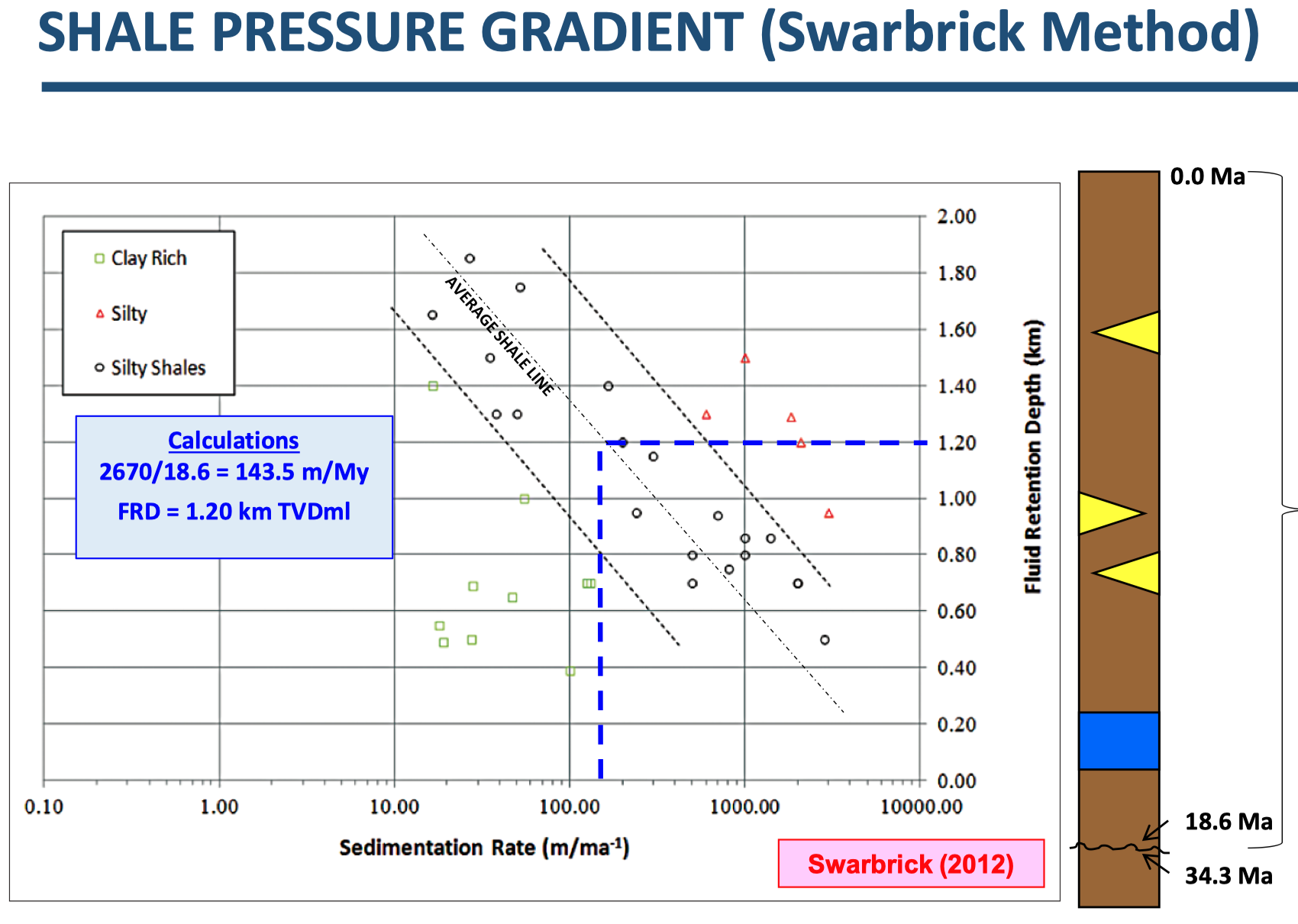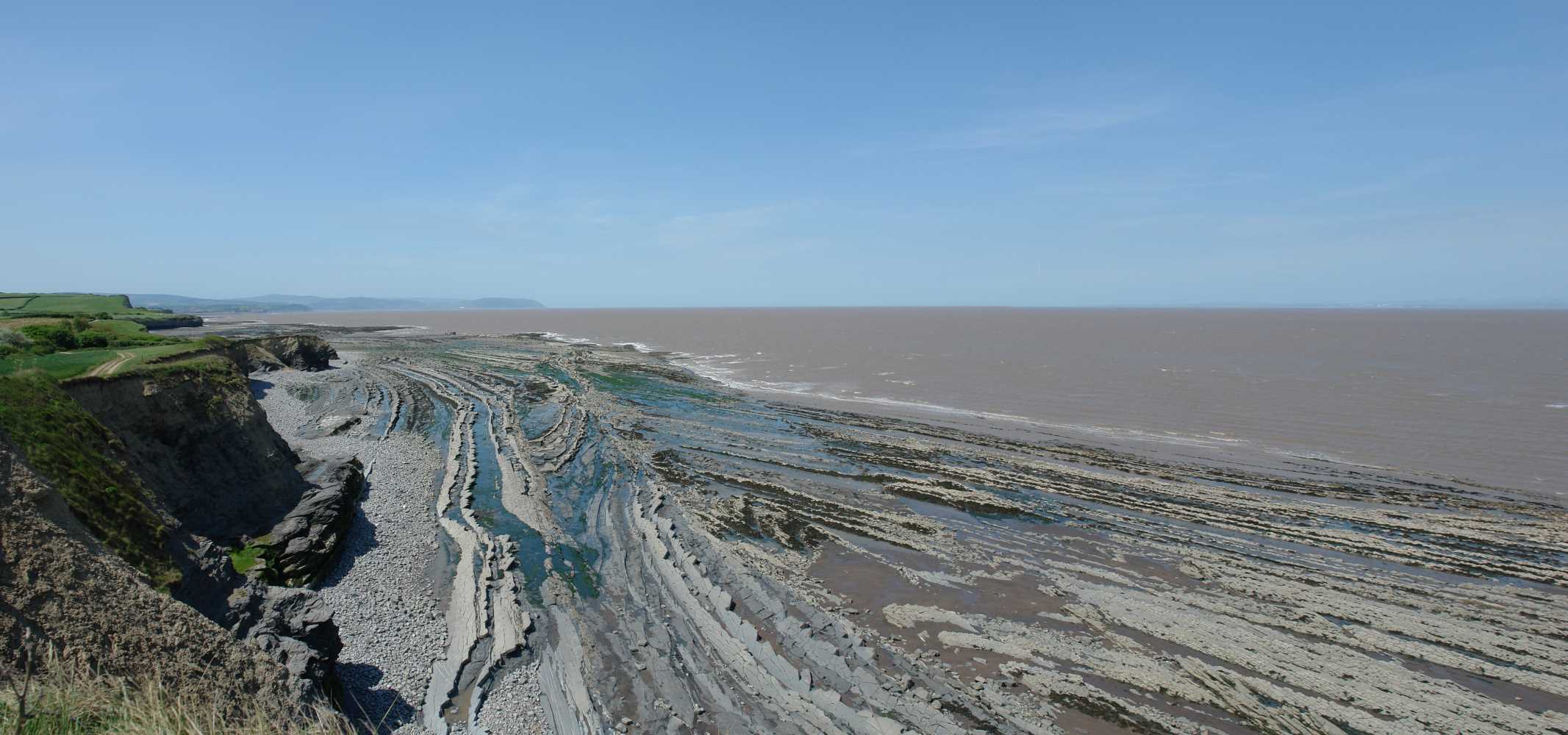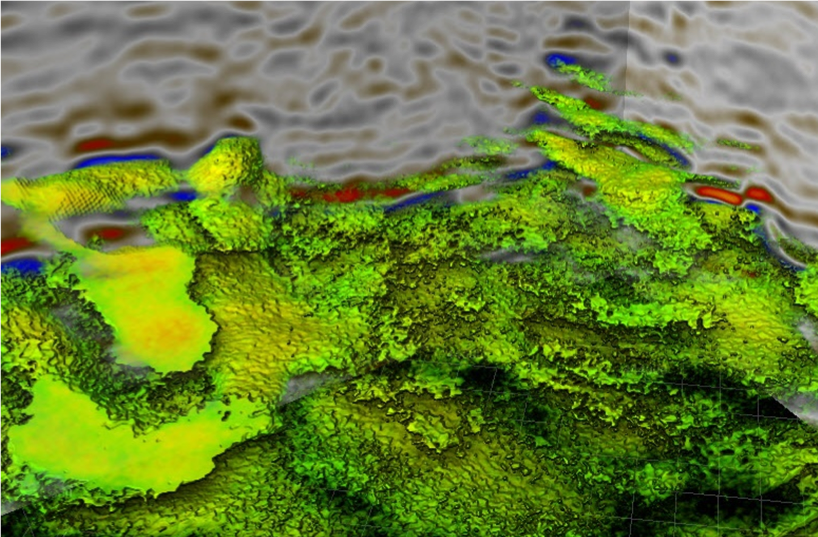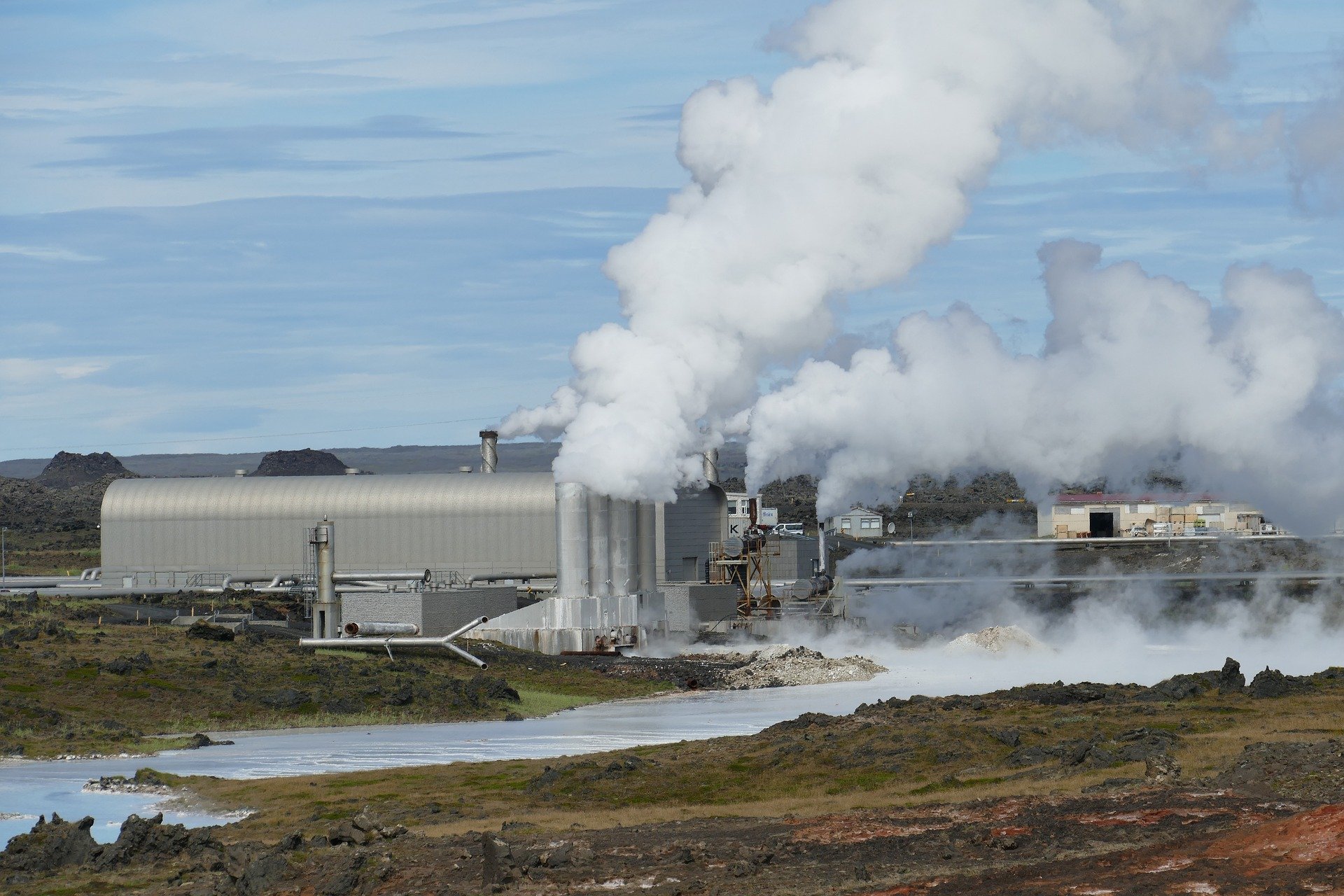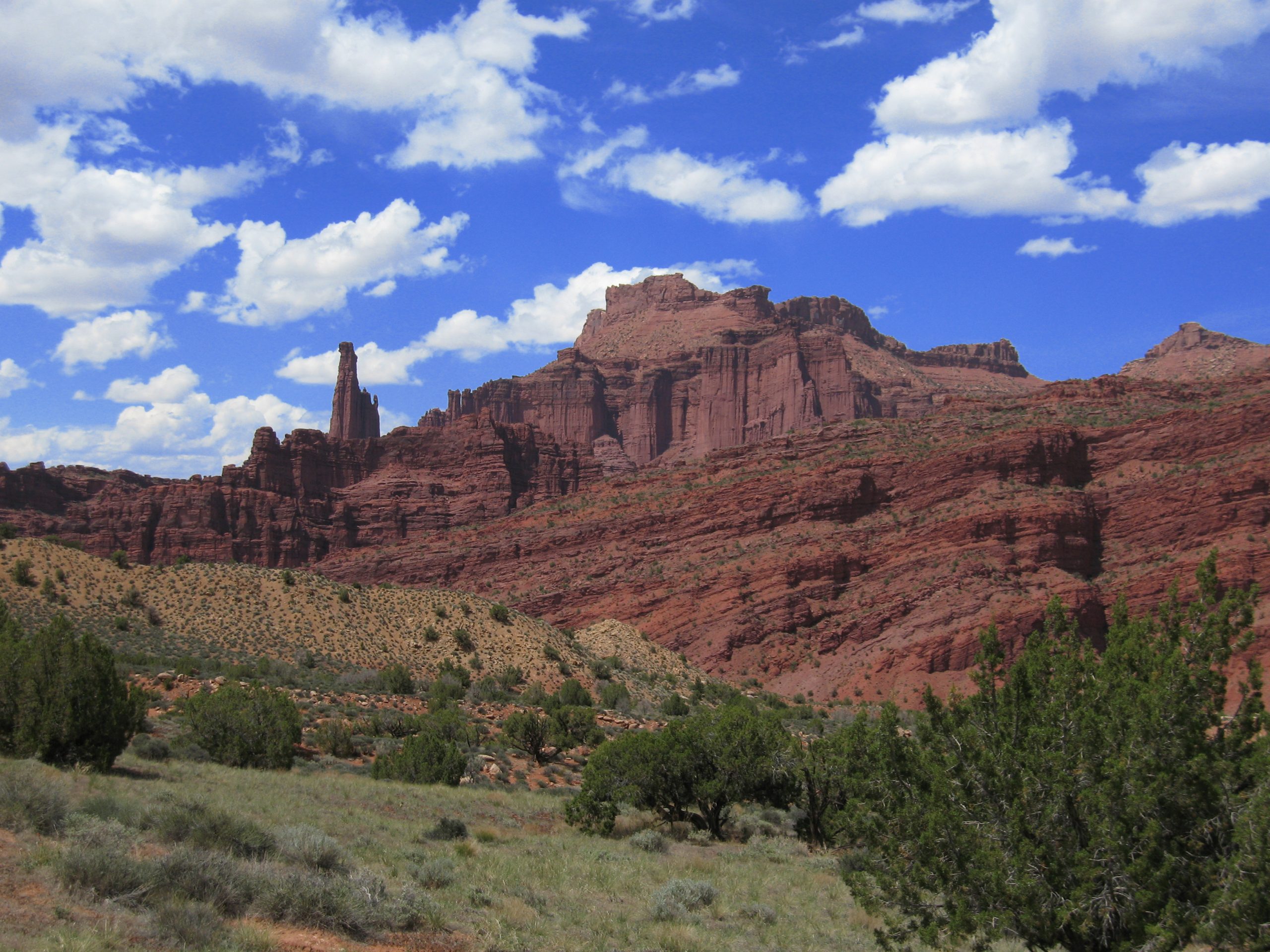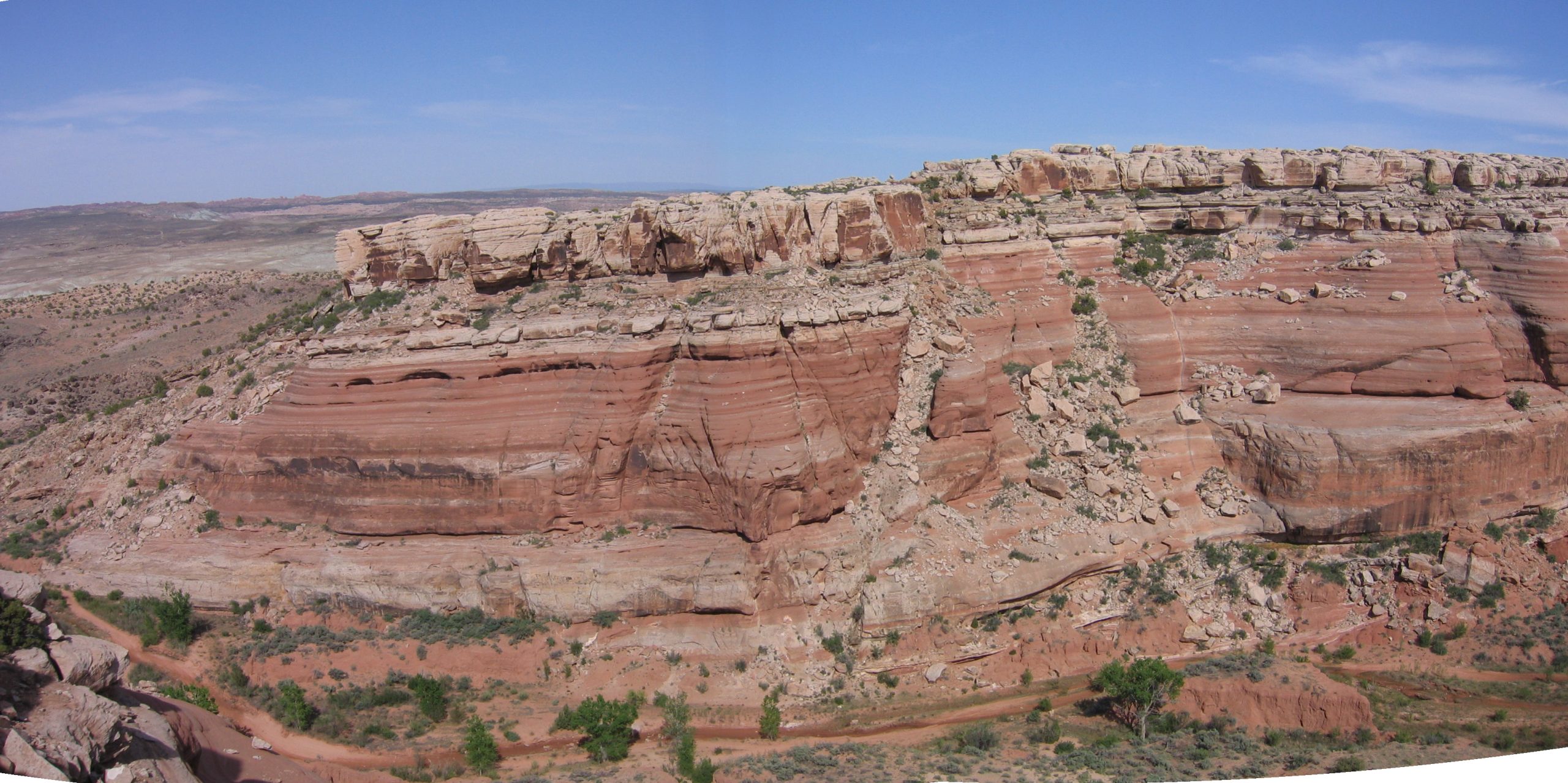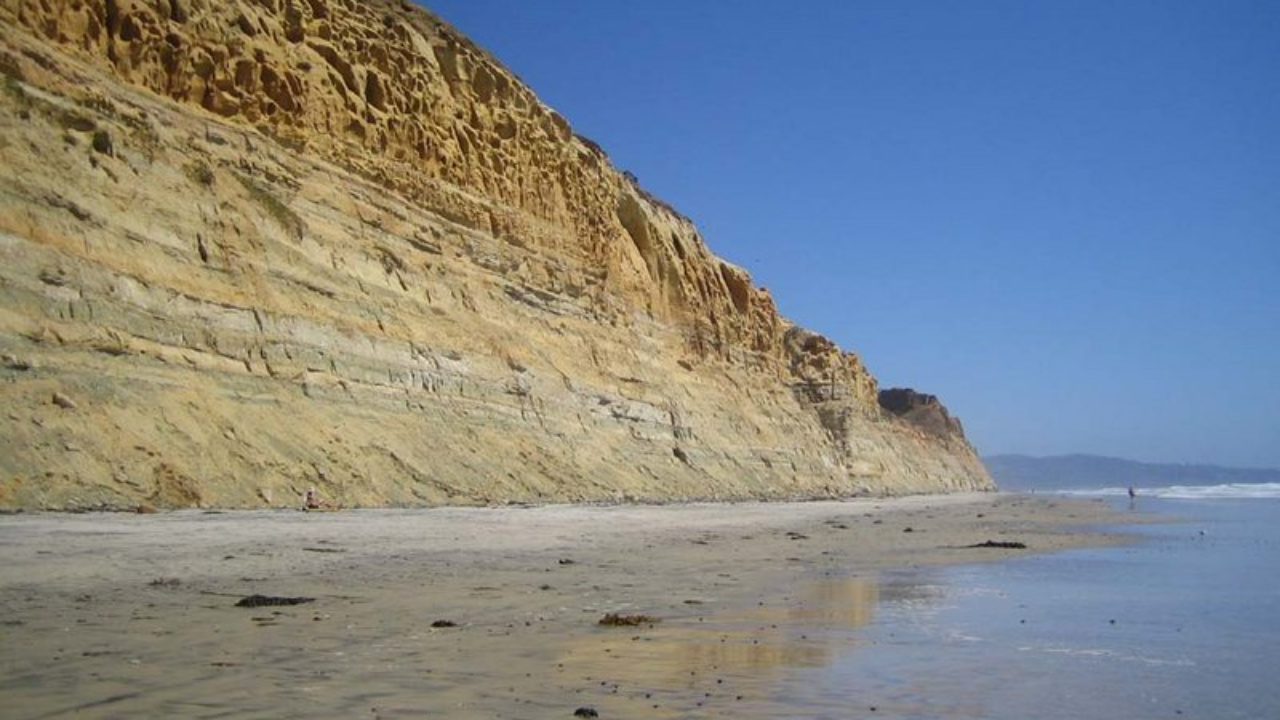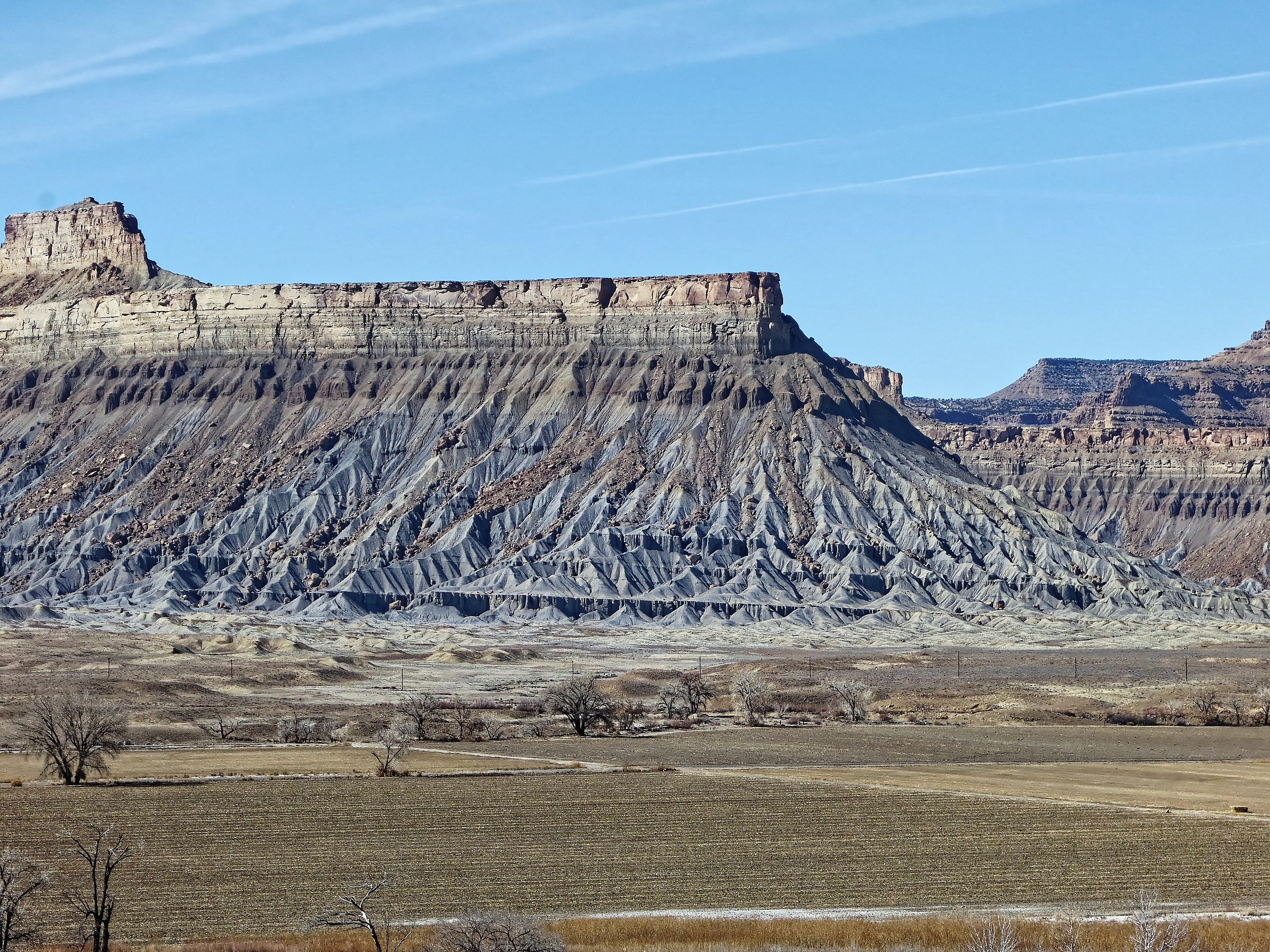Tutor(s)
Richard Worden: Professor in the Department of Earth Ocean and Ecological Sciences, University of Liverpool, UK.
Overview
This course will provide participants with awareness of the geoscience needs for CCS projects; namely subsurface CO2 storage volumetrics, CO2 flow in the subsurface away from injector wells, the goal of safe and permanent storage of CO2 and cost-benefit issues linked to aquifer depth, well design, etc. The course will establish basics, such as how much CCS is needed to make a difference to global warming, and explore what types of CO2 injection are already happening, including information from CO2-enhanced oil recovery projects. The course will deal with CO2 as a fluid phase and how much CO2 can be stored per cubic meter in terms of porosity and over entire aquifers. It will deal with how quickly CO2 can be injected and the role of aquifer permeability. The course then moves on to the all-important geomechanical effects of CO2 injection and feedbacks between induced mineral dissolution and rock strength and other rock properties. The full range of possible interaction between CO2 and both aquifer and top-seal will be covered, as will the range of possible leakage mechanisms that need to be assessed. The course will conclude with consideration of monitoring strategies.
Duration and Logistics
Classroom version: A 3-day course comprising a mix of lectures, case studies and exercises. The manual will be provided in digital format and participants will be required to bring a laptop or tablet computer to follow the lectures and exercises.
Virtual version: Five 3.5-hour interactive online sessions presented over five days. Digital course notes and exercise materials will be distributed to participants before the course. Some exercises may be completed by participants off-line.
Level and Audience
Intermediate. The course is largely aimed at geoscientists, but engineers will also find the course instructive. Intended for sub-surface scientists, with an emphasis on geoscience topics. Participants will probably have a working knowledge of petroleum geoscience. However, the subject matter of this course, the geoscience of carbon capture and storage, is covered from basic principles.
Objectives
You will learn to:
- Develop awareness of the role of geoscience in CCS and of CCS in CO2 emissions reductions.
- Appreciate what CO2 injection projects have occurred so far and how they differ from industrial CCS.
- Understand CO2 as a fluid in the subsurface and the fluid injection pressure and effective stress regimes that CO2 injection will involve.
- Build awareness of the volumetrics of CO2 storage from the micro (pore-scale) to the macro (aquifer volumes).
- Gain an appreciation of the question of CO2 flow away from injector wells controlled by permeability and aquifer architecture.
- Understand the range of effects that CO2 can have on the host aquifer, from geomechanical to geochemical.
- Assess the role of top-seal and fault-seal properties and how they will influence CO2 storage, from risk of fracking, or induced seismicity, to mineral dissolution.
- Understand the range of ways that CO2 could escape from the planned storage sites.
- Develop an awareness of the range of monitoring strategies that could be employed to ensure safe and long-term storage of CO2.


